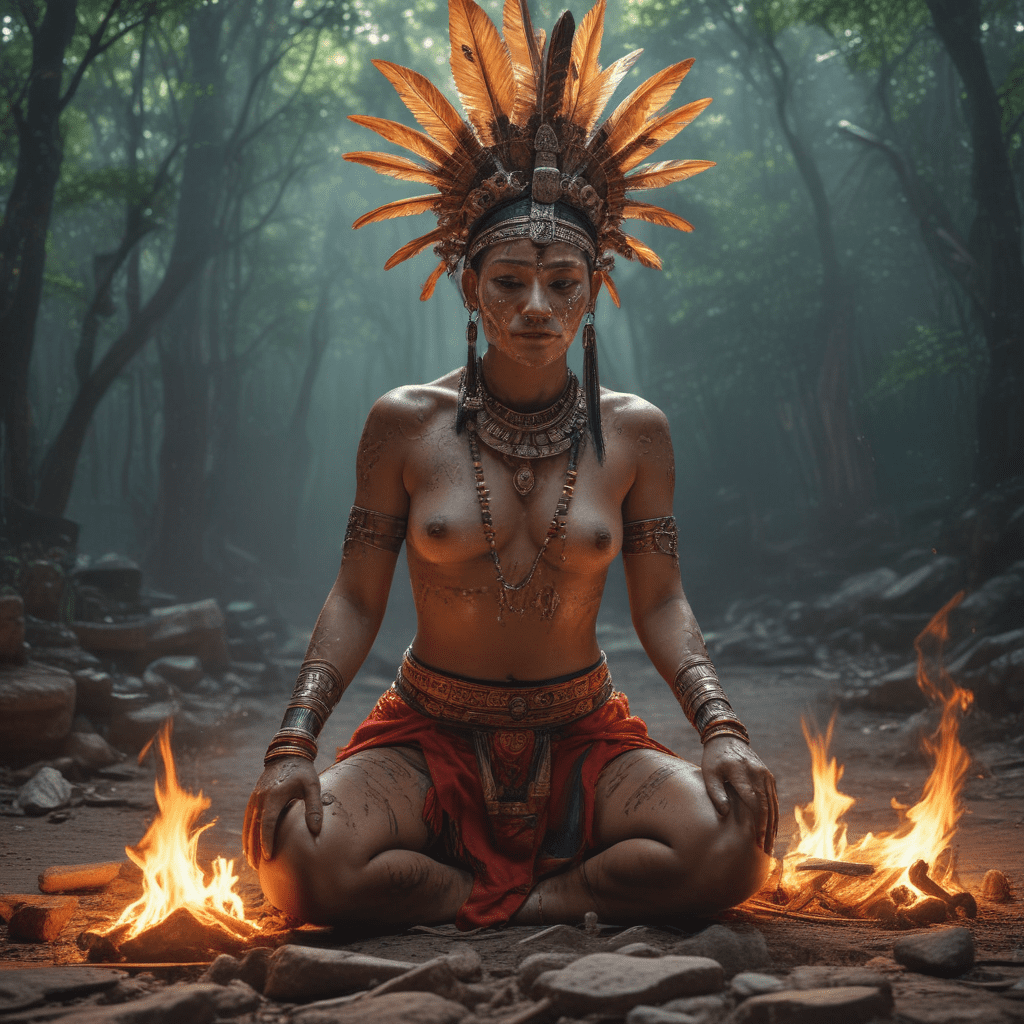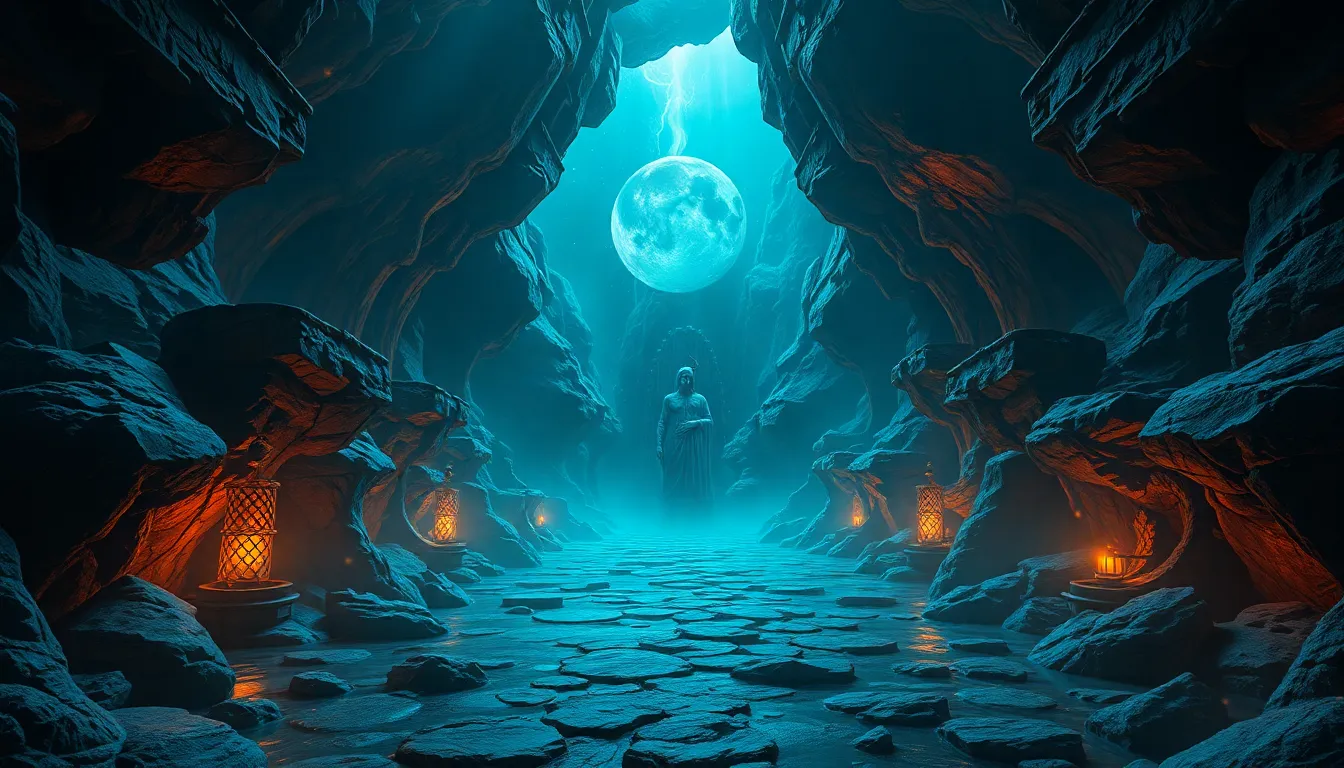The Symbolism of Lions in Persian Mythology: A Journey Through Power, Majesty, and Myth
In the tapestry of Persian mythology, the lion roars as a powerful symbol, its presence echoing through ancient tales, artistic depictions, and cultural traditions. More than just a ferocious predator, the lion embodies an intricate blend of meanings, representing strength, majesty, royalty, the sun, divine connection, and guardianship.
This exploration into the symbolism of lions in Persian mythology will unveil the rich layers of meaning associated with this majestic creature. We will embark on a journey through ancient Iranian culture, unraveling the lion's connection to the sun, its mythical transformations into creatures like the Shahmaran and Simurgh, and its significance in royal emblems and poetry.
Lions in Ancient Iranian Culture: Power and Majesty
Lions have held a prominent position in Iranian culture since ancient times. Archaeological discoveries, including magnificent statues and intricate carvings, showcase the lion as a revered symbol. In the Achaemenid era (550-330 BC), lions adorned palaces and royal tombs, signifying power, authority, and the king's protective role. These majestic creatures stood guard at monumental entrances, their imposing figures radiating strength and deterrence against any potential threat.
The presence of lions in ancient Iranian mythology further emphasizes their symbolic significance. In Zoroastrianism, one of the oldest monotheistic religions, the lion appears as an embodiment of power and guardianship. The yazata Verethragna, often depicted as a warrior with a lion head, represents victory, courage, and protection against evil forces. The lion's association with these traits further underscores its role as the embodiment of the ideal warrior, embodying both physical and spiritual strength.
As we delve deeper into the world of Persian mythology, the symbolism attached to the lion reveals itself as multifaceted and deeply ingrained in the cultural fabric, reflecting the values, beliefs, and aspirations of the ancient Iranian people.
2. The Lion as a Solar Symbol: Connecting to the Divine
The association of lions with the sun emerges as a significant theme in Persian mythology and symbolism. The radiant mane, reminiscent of the sun's golden corona, and the lion's majestic presence evoke a connection with celestial power and divinity. This solar symbolism becomes apparent when examining ancient Iranian mythology and iconography.
In ancient Persia, the lion was often linked to Mithra, the god of the sun, light, and justice. Mithra frequently appears in artistic representations alongside lions, further reinforcing their symbolic connection. Lions pulling Mithra's chariot or flanking his figure serve as visual cues, emphasizing the association with the solar deity and his all-encompassing power. This solar symbolism extends to other aspects of Persian mythology as well. The Simurgh, a benevolent mythical creature, often embodies solar qualities, its majestic wings symbolizing the sun's rays, and its powerful presence representing the life-giving force of the heavens. The lion's association with the divine and celestial realms underscores its status as more than just a powerful creature; it embodies a connection between the earthly and heavenly spheres, granting it an aura of reverence and awe in the eyes of ancient Iranians.
3. The Shahmaran: A Mythical Creature with the Head of a Lion
The mythical creature known as the Shahmaran ("King of Serpents") occupies a fascinating space in Persian folklore and mythology. This creature, often depicted with a human body and the head of a lion, embodies a unique blend of power, wisdom, and benevolence. The Shahmaran, according to legend, possesses immense knowledge and the ability to heal and bestow wisdom upon those worthy, further amplifying its mystical significance.
The lion head of the Shahmaran adds another layer of symbolism to this enigmatic creature. The combination of the serpent's wisdom and the lion's strength creates a powerful metaphor for knowledge, guardianship, and protection. The lion head serves as a visual reminder of these traits, signifying the Shahmaran's role as a protector of secrets and a source of guidance and insight. In Persian folklore, the Shahmaran is often portrayed as the guardian of a hidden underground kingdom, further emphasizing its association with protection, guardianship, and the realm of the unknown and mystical.
The Shahmaran, with its intriguing blend of lion-like strength and serpent-like wisdom, occupies a unique place in the realm of Persian mythology, representing a complex interplay of power, knowledge, guardianship, and the mystical realms.
The Lion and the Dragon: A Clash of Cosmic Forces
Moving beyond the celestial realm, the lion also features prominently in narratives depicting cosmic battles between opposing forces. In Persian mythology, the lion often embodies the principles of light, goodness, and order, while its adversary, the dragon, represents darkness, chaos, and evil. This symbolic dichotomy manifests in epic tales where the lion emerges as a triumphant hero, vanquishing the dragon and restoring balance to the cosmos.
These mythical battles mirror the ancient Iranian worldview, where maintaining cosmic harmony was paramount. The lion's victory over the dragon symbolizes the triumph of good over evil, light over darkness, and order over chaos. These narratives served not only as sources of entertainment but also as moral lessons, reinforcing the importance of upholding righteous principles and preserving cosmic balance.
The Lion in Persian Poetry: Metaphor and Symbolism
The lion's powerful presence extends beyond mythology and folklore, finding its way into the rich tapestry of Persian poetry. Celebrated poets like Ferdowsi, Saadi, and Rumi employ lion imagery to convey profound meanings and evoke emotions. The lion serves as a metaphor for courage, strength, and leadership, often symbolizing the ideal ruler or warrior.
In the epic poem Shahnameh, Ferdowsi describes the legendary hero Rostam as "a lion in battle," highlighting his unparalleled bravery and strength. Similarly, Saadi uses the lion's roar to symbolize the power of words and their ability to command attention and inspire action. Rumi, known for his mystical poetry, employs the lion's image to represent the divine, portraying it as a source of guidance and enlightenment.
Through the evocative language of poetry, the lion transcends its literal representation, becoming a potent symbol embedded in the cultural consciousness of the Persian-speaking world.
The Lion as a Guardian Figure: Protecting Sacred Spaces
The lion's protective nature extends beyond folklore and poetry, manifesting in its role as a guardian figure in sacred spaces. Lion statues and carvings adorn the entrances of mosques, palaces, and tombs, serving as symbolic protectors against evil spirits and malevolent forces. This tradition reflects the belief that the lion's presence wards off negativity and safeguards sacred spaces from harm.
The lion's guardianship extends beyond the physical realm, encompassing the protection of knowledge and wisdom. In libraries and universities, lion statues often flank the entrance, symbolizing the role of these institutions as guardians of knowledge and protectors of intellectual pursuits. This symbolic association underscores the importance of preserving and transmitting knowledge, a vital aspect of cultural and societal development.
The Lion in Contemporary Iranian Culture: Enduring Symbolism
Even in contemporary Iranian culture, the lion retains its symbolic significance. The national emblem of Iran prominently features a stylized lion holding a sword, representing courage, strength, and national pride. It serves as a visible reminder of the lion's enduring significance in Iranian culture, embodying the values of power, protection, and guardianship that have resonated throughout history.
Furthermore, contemporary Iranian literature and cinema continue to draw inspiration from the lion's rich symbolism. Authors and filmmakers employ lion imagery to explore themes of power, leadership, and the struggle between good and evil, demonstrating the enduring relevance of these mythical motifs in modern-day storytelling.
Conclusion: The Lion's Legacy in Persian Mythology and Culture
The lion's presence in Persian mythology and culture extends far beyond its literal existence as a majestic predator. Its symbolic associations with power, majesty, royalty, the sun, divine connection, guardianship, and cosmic battles have woven it into the very fabric of Iranian identity. From ancient palaces to contemporary literature, the lion's roar echoes through time, reminding us of the enduring power of symbols and their ability to shape cultural narratives and inspire generations.



